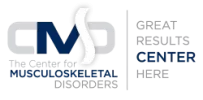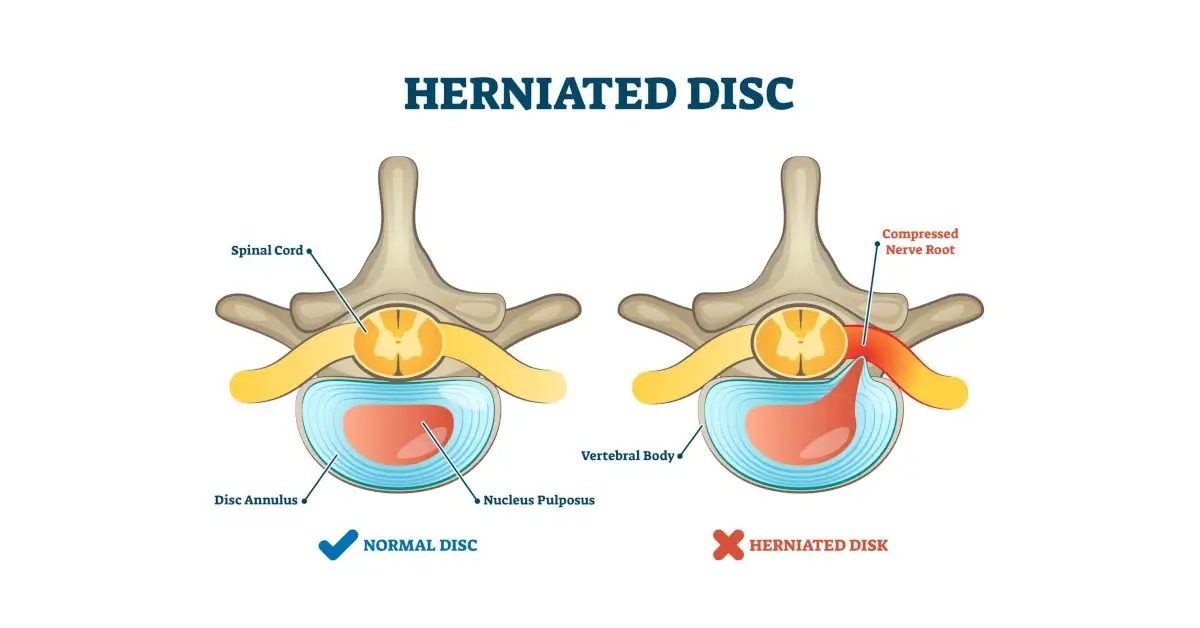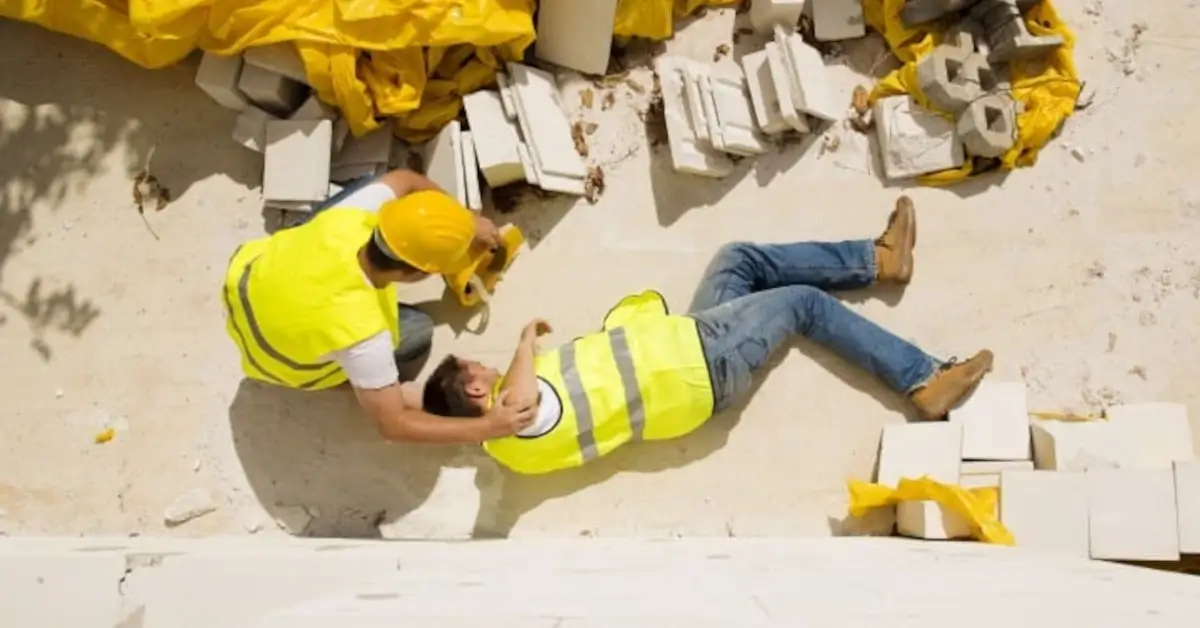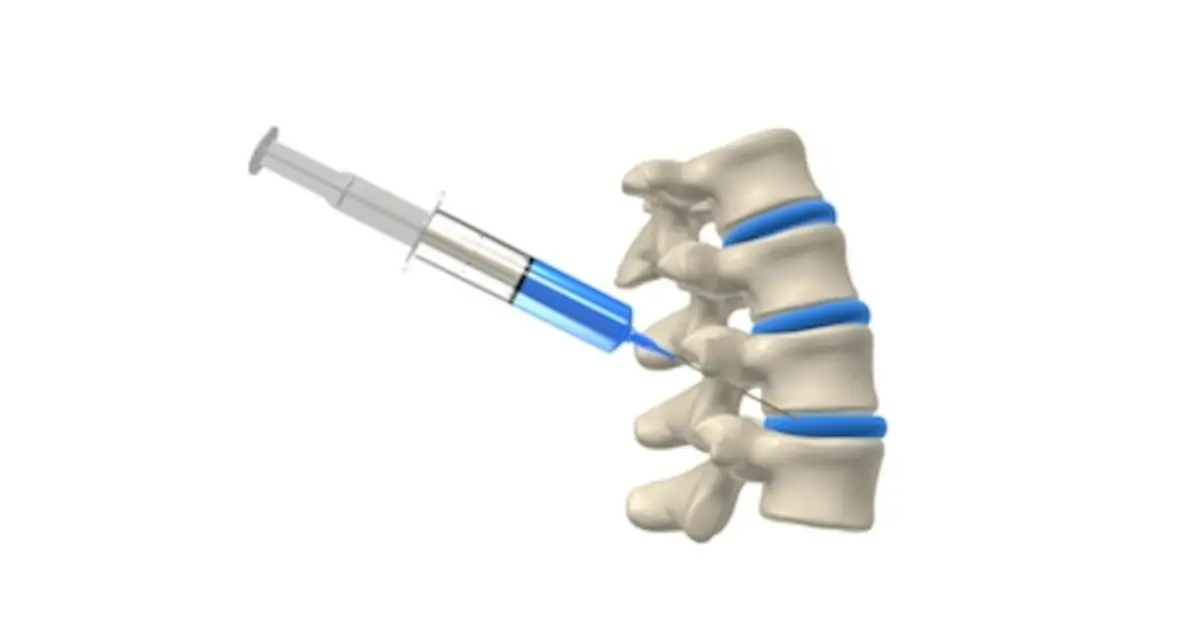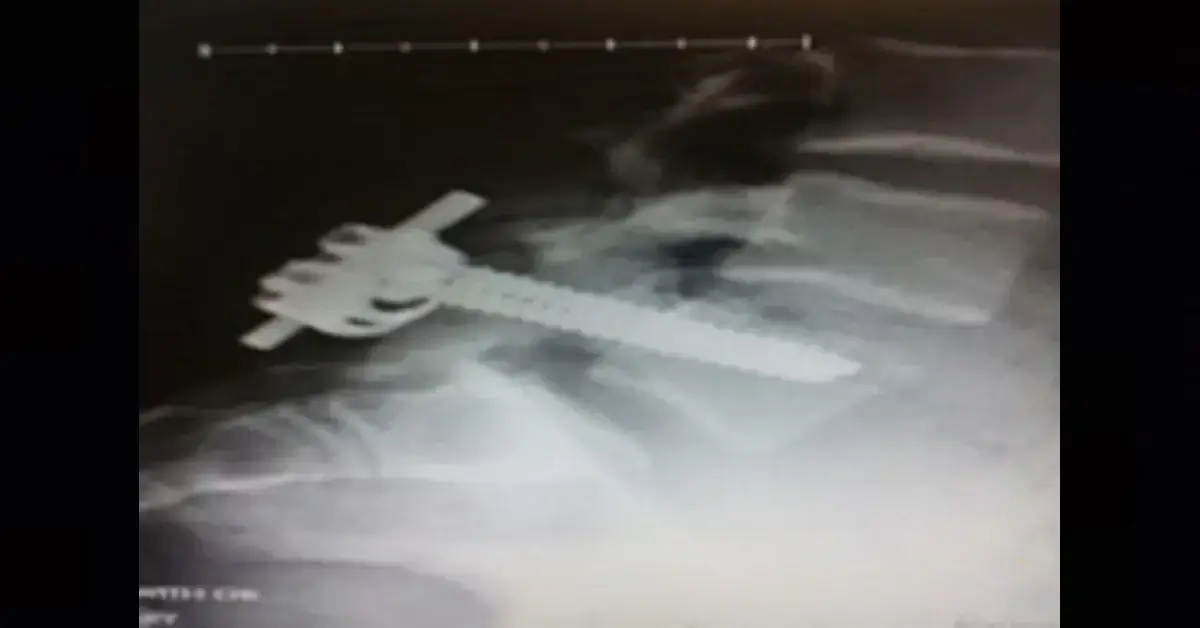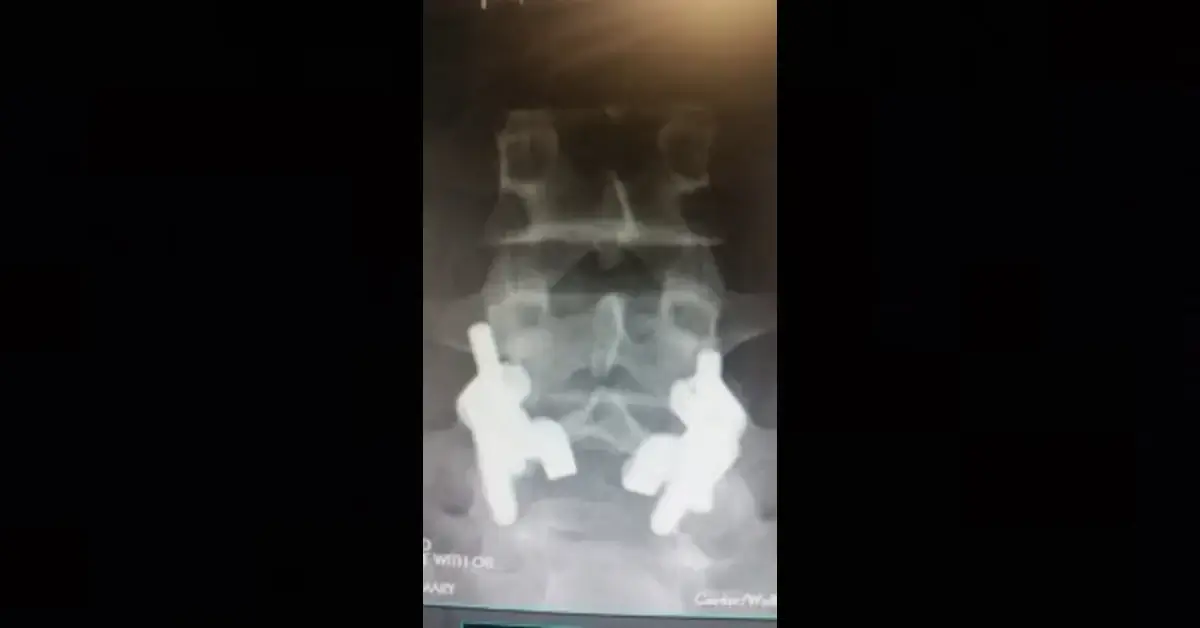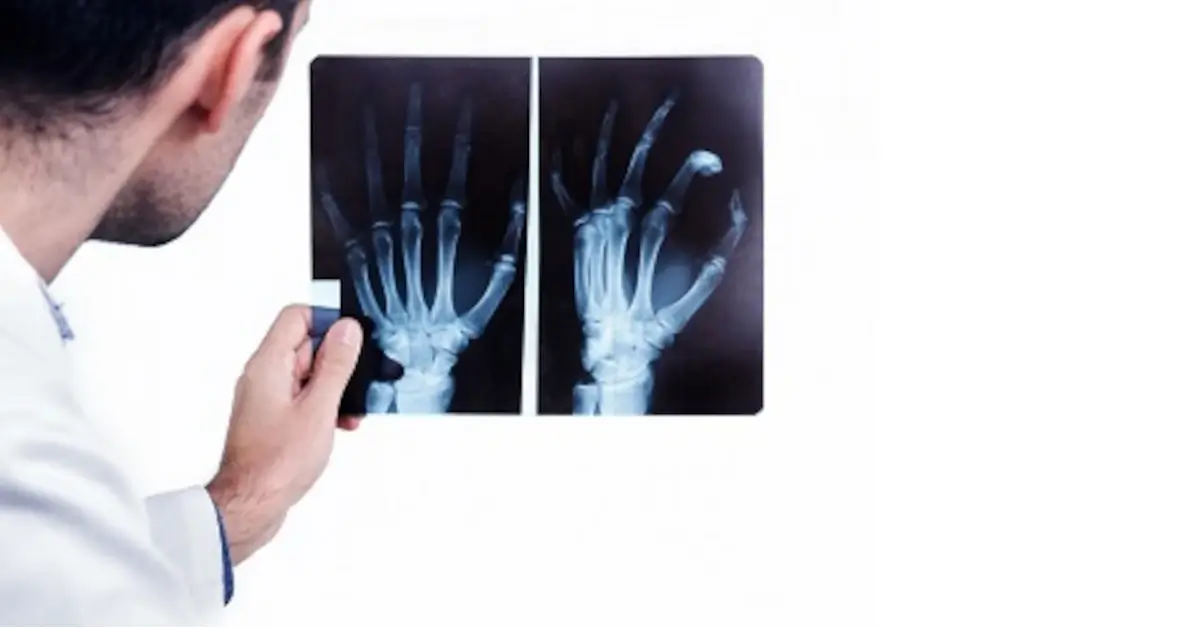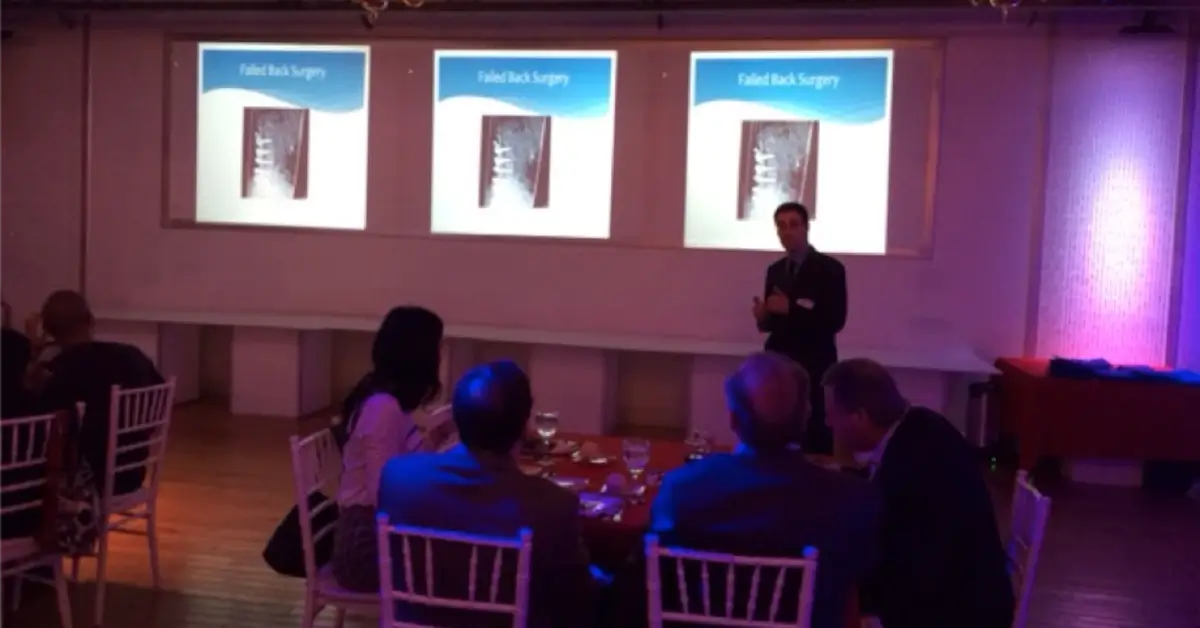Spondylolysis is a known spinal condition affecting up to 15% of the population in which a vertebrae has a definable fracture or crack in a segment of bone known as the pars interarticularis.
This is not a congenital condition, but rather acquired, appearing at the age of five and upwards. Athletes, in particular gymnasts, are susceptible because of the extreme stresses they place on their spine, particularly in hyperextension.
Most spondylolysis can be detected via x-ray and in certain cases a CAT scan or MRI is necessary as an adjunct study, and most can be managed with conservative management in the way of anti-inflammatory medications, cessation of painful activities, brace treatment, and occasionally injections.
